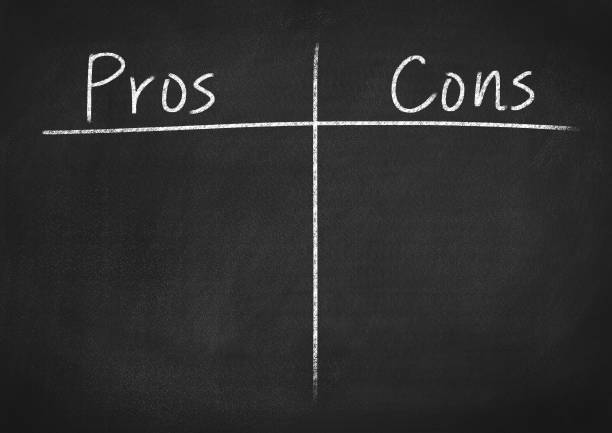
Previously we discussed what exactly a Makerspace is, but you may still be skeptical about using one in your classroom. Let's look at the advantages (pros) and disadvantages (cons) of creating one for your students to explore.
___________________________________________________________________________
Advantages
- Allows individuals to use old and new forms of technology to create something new
- Activities are open-ended and can be left open to the imagination
- Encourages collaboration
- Positive environment- it is okay to fail at something because you are able to try again
- Expose to higher-order thinking and problem solving strategies
- Hands-on learning
- Focuses on STEM (Science, Technology, Engineering, Mathematics)
Disadvantages
- Some resources and tools can be expensive
- There may not be time set aside in the day to explore a Makerspace
- Independence in this space may require a lot of modeling and pre-loading with expectations
- Need supporting staff to encourage a positive outlook on the space/ some resistance to change
_____________________________________________________________________________
Where in the world are Makerspaces?
Because Makerspaces have started off with bringing many positive, collaborative opportunities to the field of education, educators from all over the world have decided to begin implementing them into their classrooms.

Because Makerspaces have started off with bringing many positive, collaborative opportunities to the field of education, educators from all over the world have decided to begin implementing them into their classrooms.

Although this chart was current as of January 2016, the idea of creating and using a Makerspace in educational environments has increased tremendously over this time span. As educator's become more familiar with this emerging trend, I believe that the numbers would continue to increase in a significant way.
_____________________________________________________________________________
_____________________________________________________________________________
Makerspace? Yes? No?
After conducting research on Makerspaces, I can definitely say that I would truly like to implement a Makerspace in my classroom. Although there are some significant "cons" to a Makerspace (finances and time), I think that the "pros" outweigh them tremendously. I have taught both pre-k and second grade and noticed over the last five years that students become strong learners when they are interested and have the opportunity to solve a problem independently. Completing challenges alone or with a collaborative group allows students to not only grow in a specific educational field, but it gives them the opportunity to build their confidence and self-esteem too. I also feel as though the expose to STEM activities can promote a positive environment in subject areas that students can sometimes dislike. So yes, if I was able, I would incorporate a Makerspace in my classroom for my students to explore.
Because I think that the financial aspect would be my biggest hurdle, I would begin with items/ resources that are already in my classroom or that I could obtain for free or cheap. These items would be things like:
Beginning with these tools would help my students develop a strong understanding of what the Makerspace expectations are and how to appropriately use the materials. As funding increases over time (district funding, donors choose, etc), additional resources can be added to my classroom Makerspace. The resource that I would love to have eventually would be a 3D printer; these are amazing! I think students can learn so much from using programs specifically for a 3D printer, like Tinkercad, and can grow tremendously with developing a solution to a challenge in which a 3D printer is required.
____________________________________________________________________________
I want a classroom Makerspace... Do you?
____________________________________________________________________________
Want to know more? Visit these sites!
Seven Surprising Benefits of Maker Spaces
Benefits of Hands-on Learning in a Makerspace
The Idea Behind a School Makerspace
Resources
Kurti, R., Kurti, D., & Fleming, L. (2014, June). The Philosophy of Educational Makerspaces. Retrieved from http://dtl-region-four.ncdpi.wikispaces.net/file/view/The+Philosophy+of+Educational
+Makerspaces.pdf/555395751/The+Philosophy+of+Educational+Makerspaces.pdf
Lou, N., & Peck, K. (2016, February 23). By The Numbers: The Rise of the Makerspace. Retrieved from https://www.popsci.com/rise-makerspace-by-numbers
M. (2017, October 22). Retrieved from https://www.youtube.com/
[Pros and Cons] (n.d.) Retrieved from http://www.teachhub.com.teacher-tenure-pros-cons
Slatter, D., & Howard, Z. (2013, November 25). A place to make, hack, and learn: makerspaces in Australian public libraries. Retrieved from https://www.tandfonline.com/doi/full/10.1080/00049670.
2013.853335\

